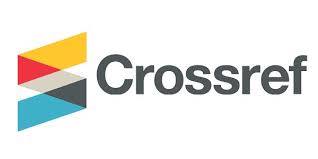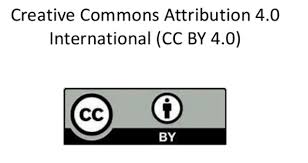Comparative Profitability of Conventional and Chemical Free Pineapple Production in Madhupur Upazila of Tangail District
DOI:
https://doi.org/10.47440/JAFE.2021.2309Keywords:
Pineapple; comparative profitability; Logistic regression model; Madhupur Upazila.Abstract
The purpose of this study was to determine the relative profitability of nonadopters and adopters, as well as the factors influencing the adoption of chemical-free pineapple production technology at Madhupur Upazila Tangail district. Data were collected by interviewing 50 randomly selected pineapple producers of Haludiya, Baniabari and Aushnara villages of Madhupur Upazila in Tangail during July to September 2019. For comparing the profitability of chemical-free and conventional pineapple farming, two groups of pineapple growers were chosen: non-adopters and adopters. Farmers were chosen from two groups using a purposive sampling strategy.Collected data were analyzed with undiscounted BCR and logistic regression analysis. Per acre total cost were estimated Tk. 16,5477 and Tk.16,4285.66, respectively for non-adopters and adopters of chemical free pineapple production. The per acre gross returns of pineapple were determined in this study at Tk. 31,7995.2 for non-adopters and Tk. 40,2986 for adopters of chemical-free pineapple producing technology. Gross margin per acre was estimated Tk. 16,1518.2 for non-adopters and Tk. 24,6700.35for adopters, respectively. Thus, the net return per acre were Tk. 15,2518.2 for non-adopters and Tk. 23,8700.34 for adopters of chemical free technology of pineapple production. The undiscounted Benefit Cost Ratio on the basis of total cost was 1.92 for non-adopters implying that Tk. 1.92 would be earned by investing every Tk. 1.00 in conventional pineapple production and BCR was estimated 2.45 for adopters implying that Tk. 2.45 would be earned by investing every Tk. 1.00 in chemical free pineapple production. Binary Logit regression estimate suggest that ethnicity and gross margin had a substantial impact on the adoption of this chemical-free technology. The majority of the farmers had a relatively good attitude toward chemical-free pineapple cultivation, according to the results. Extension agents must increase their contact with farmers in order to effectively disseminate information about chemical-free pineapple farming. Overall, it can be summarized that this paper has found that total costs of production is higher for conventional pineapple growers; however, gross return is higher for the chemical-free pineapple growers. This implies that chemical-free pineapple is profitable in contrast to conventional pineapple, which has further been proved the undiscounted BCR.






 Publisher:
Publisher: 